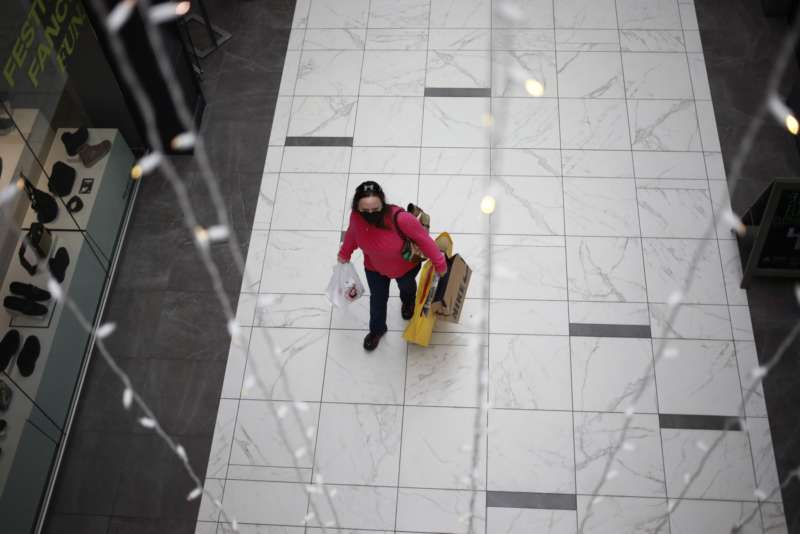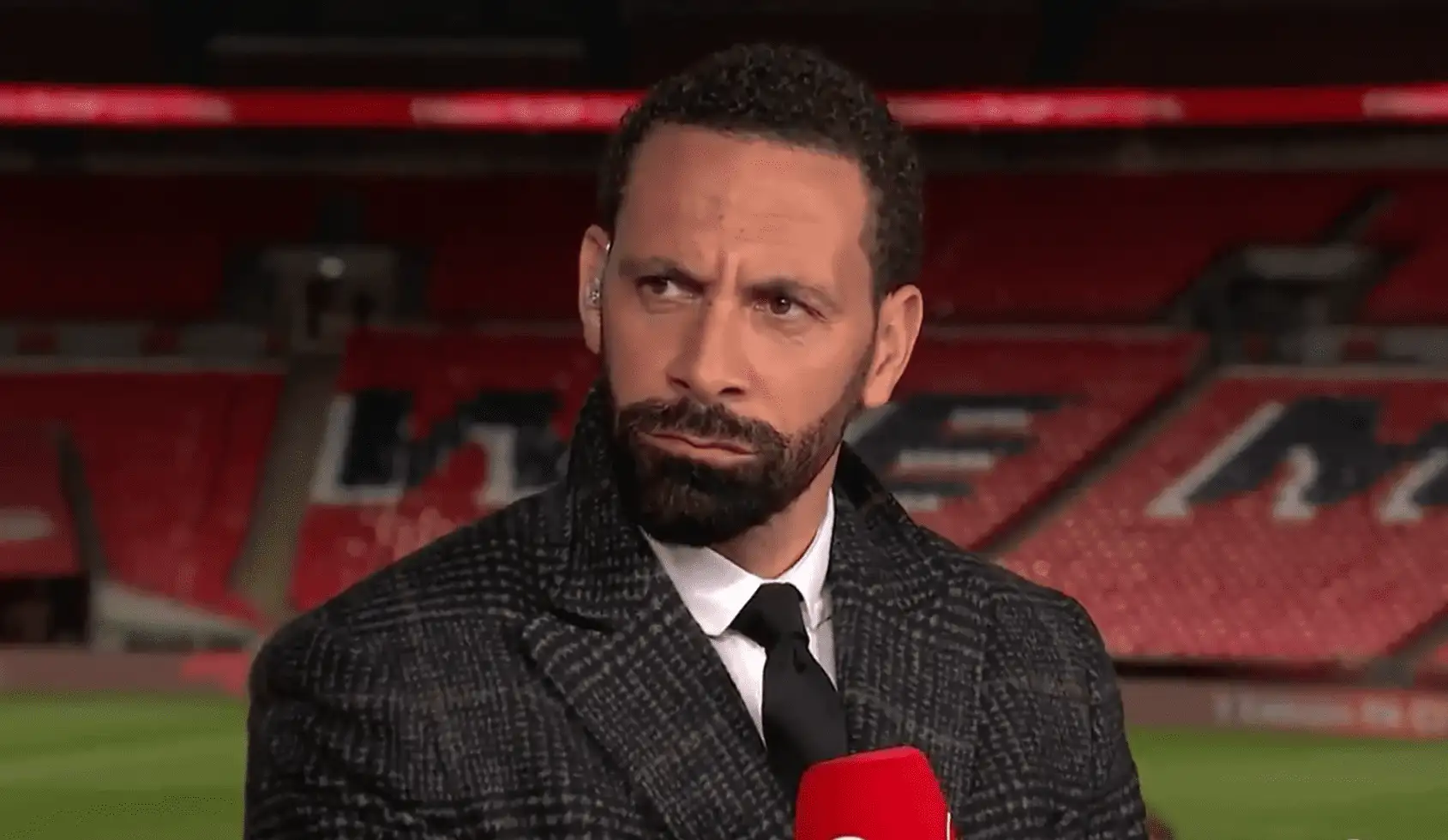US consumer spending slows as inflation runs record hot

The engine of the United States economy, consumer spending, downshifted last month, signalling that blistering inflation could slow the recovery.
US retail and food services sales increased 0.3 per cent in November after jumping 1.8 per cent the previous month, the US Department of Commerce said on Wednesday.
The headline number suggests that blistering consumer price inflation – which accelerated at its fastest pace in nearly 40 years last month – is tempering consumer spending, which drives roughly two-thirds of US economic growth.
But the sharp slowdown in November retail sales could also stem from consumers getting a jump start on their holiday shopping to make sure they didn’t get caught out by shortages of goods, or a sudden price increase.
Businesses have seen their costs skyrocket this year, thanks to supply chain bottlenecks, and shortages of raw materials and workers. At least some of those costs are being passed on to consumers in the form of higher prices.
The Producer Price Index, which measures prices businesses receive for their final goods and service, surged 9.6 per cent last month from the same period a year ago. That is the highest increase on records dating back to 2010.
The Federal Reserve is set to wrap up its final policy-setting meeting of the year on Wednesday. Earlier this month, Fed Chairman Jerome Powell telegraphed to US lawmakers that the Fed may shift its priorities away from supporting the labour market recovery and towards keeping a lid on inflation by accelerating the unwinding of its bond purchases – which have helped keep longer-term borrowing costs low.
The Fed’s low-interest-rate policies since the pandemic struck, combined with generous government pandemic aid have pumped up savings rates in the US – and kept consumer spending.
But the COVID-19 pandemic saw consumers rotate away from spending on services – like dining out – and towards goods, like home furnishings. But consumers are slowly regaining their appetite for services again – which could also help explain the slowdown in November retail sales, which only covers goods.
Looking ahead, many analysts expected the economic recovery to stay on track, despite inflationary headwinds. But those forecasts largely came with a caveat that recovery momentum pivots on the path of the pandemic as the Omicron variant of the virus marches across the US.
“Strong labour income growth, elevated excess savings and healthy balance sheets should support robust consumer spending momentum in the year ahead,” said Capital Economics chief US economist Gregory Daco in a note to clients. “Still, downside risks to the outlook are rising given the renewed deterioration in the health situation.”
TodayNG
editor's pick
latest video
news via inbox
Nulla turp dis cursus. Integer liberos euismod pretium faucibua




